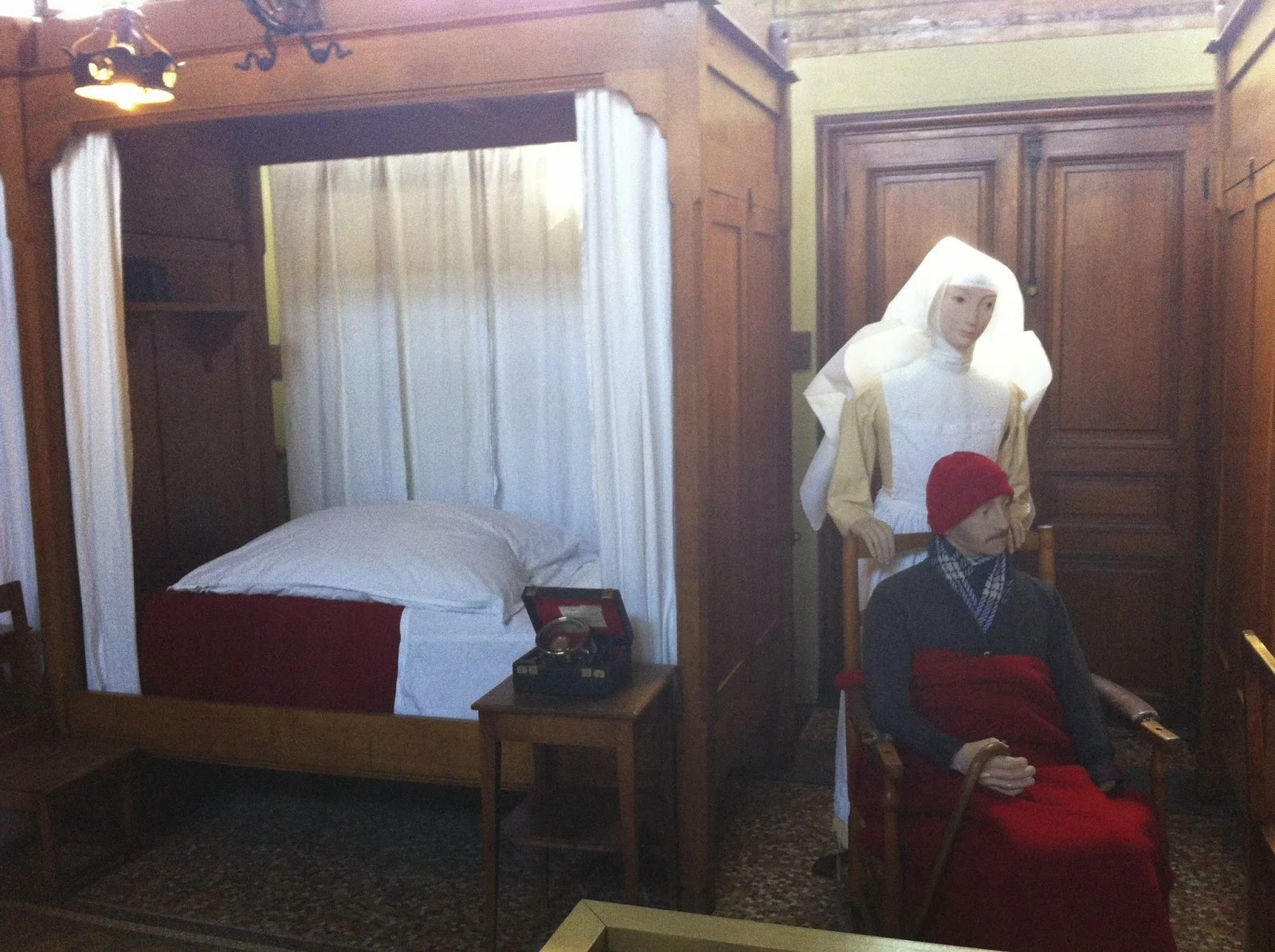Visiting the Middle Ages Powerhouse Abbey at Cluny in Burgundy with Savvy Mom Ruth Paget
After our visit to the Hospices de Beaune, my husband Laurent and I visited what remains of Cluny Abbey. The Abbey was closed in 1790 as a result of the French Revolution and was later dismantled from 1798 to 1823. Only one tower and transept, or arm that crosses the nave, remain. Before Saint Peter’s Basilica was built in Rome, Cluny Abbey was the largest building in Christendom.
According to the Catholic Encyclopedia (http://www.newadvent.org/cathen/04073a.htm), the Cluny Abbey complex covered twenty-five acres total and the church itself measured 555 feet in length. Our Michelin touring guide also noted that there were five naves across in the church, two transepts, five bells, two towers, and 301 windows before it was destroyed.
At the founding of Cluny Abbey in 910 C.E. by William, Duke of Aquitaine, the monks followed the Rule of Saint Benedict, which stipulates that poverty is a requirement for monastic life. The only way rich nobles could enter into the life of Cluny Abbey was to donate their land and riches to the abbey.This donation impoverished the monks in theory, but made Cluny Abbey wealthy. Over time, the enormous wealth of Cluny Abbey made it easy to forgo the Rule of Saint Benedict and allowed the name of Cluny to become associated with excess and ostentation.
Cluny Abbey also deviated from the Rule of Saint Benedict by centralizing control over subsidiary monasteries. The Abbot of Cluny was answerable to the pope only and had 314 houses under his direct control in the twelfth century and 825 in the fifteenth century according to the Catholic Encyclopedia. Cluny’s huge library and its researchers made it an intellectual and artistic center hors pair as well.
The grandeur and power of Cluny expressed itself in its architecture even in what remains of it. The Cluny Museum harbors the surviving tower of the Cluny Abbey complex. Inside this tower, the columns supporting the barrel vaults go straight up without a triforium or clerestory windows to break up the view. The result is that viewers may feel dwarfed and perhaps disoriented by what feels like a ninety-foot look up to the ceiling.
Outside the tower reflects the earthbound interests of Cluny Abbey as well. The tower has a square base with each corner line meeting at an arid point without any decoration or ornament. You do not want to dwell on celestial concerns when you look at this tower; earthly concerns at this intellectual center would have seemed to be more enticing.
By Ruth Paget, Author of Eating Soup with Chopsticks and Marrying France
Click here for: Ruth Paget's Amazon Books
 |
| Laurent Paget Photography |
 |
| Laurent Paget Photography |










